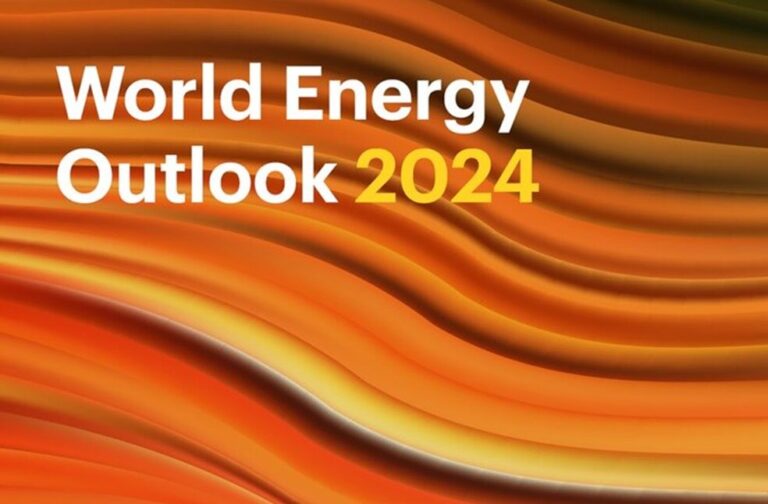Even although Red Sea shipping interruptions have increased short-term bunker demand, the International Energy Agency said Oct. 16, marine energy demand will eventually drop if the International Maritime Organization offers additional policy incentives to meet its net-zero aim by 2050.
The Paris-based energy watchdog stated in its latest annual World Energy Outlook that shipping sector energy usage will drop from 11 exajoules in 2023 to 10 Ej in 2030 and 2040 before further declining to 9 Ej under its Announced Pledges Scenario, or APS.
Underlining industry participants’ ability to meet IMO commitments to lower life-cycle greenhouse gas emissions from international shipping by 20%-30% by 2030 and by 70%-80% by 2040 against 2008 levels before switching to net-zero shipping close to 2025, the scenario assumes
The IEA’s estimate for the APS shows CO2 emissions from shipping down from 856 metric tons in 2023 to 619 MMt in 2030, then further declining to 254 MMt in 2040 and to 131 MMt in 2025.
Analysts said marine decarbonisation calls for a low-carbon transition of global bunker mix, now dominated by oil, and the IEA forecasts ammonia and hydrogen combined to make up 4% of the mix, low-emission methanol to make up 8%, and bioenergy to make up 10% by 2030 in the scenario.
“The reduction in global oil demand in road transport also contributes to lower emissions from shipping by decreasing oil shipments,” the IEA said. Lower global oil demand in the APS would thus slash energy demand from international oil tankers by 15%.
Regulating discussions
The comments have come as IMO member states negotiate difficult decisions over new GHG limits for marine fuels and a pricing system for emissions, which are set to be approved next year for use in 2027.
Many shipping experts claimed strong rules would be required to encourage the use of “green” fuels created by sustainable means, now significantly more expensive than traditional, oil-based fuels due to their scarcity.
Platts data from S&P Global Commodity Insights shows that the most often used bunker type, 0.5% sulfur marine fuel oil, had a September monthly average delivered price of $12.595/Gigajoule in Rotterdam. Gray methanol averaged $18.511/Gj, and industry projections point to sustainable methanol perhaps costing at least two times more. In September, renewable ammonia for transport into Northwest Europe on a cargo basis came at $49.841/Gj.
Based on current policies, the IEA projected in its Stated Policies Scenario that maritime energy consumption will climb from 11 Ej last year to 12 Ej in 2030 before additional increases to 13 Ej in 2040 and 14 Ej in 2050.
Tags: Energy, Maritime, Shipping



Recent Posts
Goltens Partners with Orcan Energy to Expand Marine Waste Heat Recovery Solutions
NWSA Launches First Incentive Program for Zero Emission Trucks in Washington
IHI and Vopak Partner on Ammonia Terminal Development in Japan
Chimbusco Pan Nation Completes First B30 Marine Gasoil Delivery in Hong Kong
ITOCHU Announces Newbuilding Order for Ammonia Bunkering Vessel
India Launches Incentive Scheme for Electric Trucks under PM E-DRIVE Initiative
Royal Caribbean Welcomes LNG-Fueled Star of the Seas to Its Fleet
Swire Shipping Launches ‘Voyage to Zero’ to Help Customers Cut Scope 3 Emissions Swire